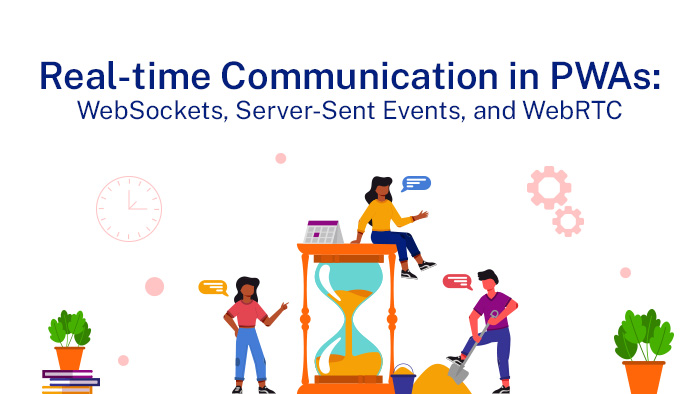
Real-time Communication in PWAs: WebSockets, Server-Sent Events, and WebRTC
Real-time communication plays a crucial role in Progressive Web Applications (PWAs), enhancing user experience and enabling interactive functionalities. This article examines the significance of real-time communication in PWAs, focusing on three key technologies: WebSockets, Server-Sent Events, and WebRTC. By delving into their mechanisms, advantages, limitations, and comparative analysis, this study aims to provide developers with comprehensive insights into implementing real-time communication in PWAs. The exploration of these technologies will shed light on their respective roles in facilitating seamless and efficient real-time data transmission within PWAs. Key Takeaways Real-time communication is crucial in PWAs, allowing for instant updates and collaboration. WebSockets play a significant role in enabling real-time communication in PWAs. Server-Sent Events offer an alternative approach for real-time updates in PWAs. WebRTC is a powerful technology for implementing real-time audio and video communication in PWAs. The Importance of Real-time Communication in PWAs The significance of real-time communication in Progressive Web Applications (PWAs) lies in its ability to facilitate instant and continuous data exchange between the